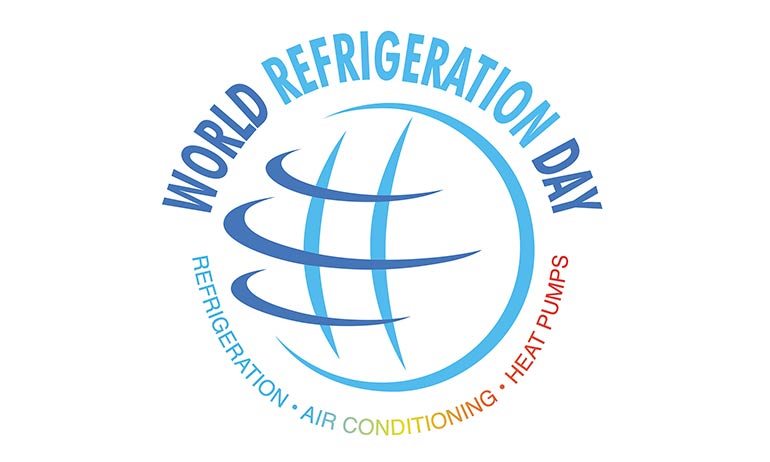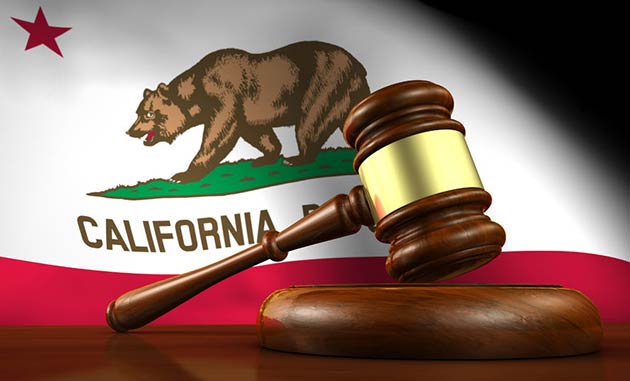
CHINA: In a significant move, China has officially accepted the Kigali Amendment to phase down HFC refrigerants.
China, the world’s largest producer of HFCs, was added to the UN list of 120 countries and the EU to have officially accepted or ratified the Kigali Amendment on June 17. It originally pledged to implement the phase down of HFC production and consumption under the Kigali Amendment during joint meetings with the US on April 16.
Under the agreement, China will reduce HFC use by 80% by 2045 over the 2020-22 baseline.
The countries to have accepted and ratified the Kigali Amendment in date order are:
1. Mali 31/3/17
2. Micronesia 12/5/17
3. Marshall Islands 15/5/17
4. Rwanda 23/5/17
5. Palau 29/8/17
6. Norway 6/9/17
7. Comoros 16/9/17
8. Chile 19/9/17
9. Tuvalu 21/9/17
10. North Korea 21/9/17
11. Australia 27/10/17
12. Canada 3/11/17
13. Maldives 13/11/17
14. UK 14/11/17
15. Finland 14/11/17
16. Germany 14/11/17
17. Laos 16/11/17
18. Luxembourg 16/11/17
19. Slovakia 16/11/17
20. Sweden 17/11/17
21. Trinidad and Tobago 17/11/17
22. Malawi 21/11/17
23. Côte d’Ivoire 29/11/17
24. Ecuador 22/1/18
25. Netherlands 8/2/18
26. Gabon 28/2/18
27. Togo 8/3/18
28. Ireland 12/3/18
29. Benin 19/3/18
30. Samoa 23/3/18
31. France 29/3/18
32. Barbados 19/4/18
33. Vanuatu 20/4/18
34. Niue 24/4/18
35. Bulgaria 1/5/2018
36. Costa Rica 23/5/18
37. Grenada 29/5/18
38. Belgium 4/6/2018
39. Uganda 21/6/18
40. Portugal 17/7/18
41. Lithuania 24/7/18
42. Burkina Faso 26/7/18
43. Latvia 17/8/18
44. Niger 29/8/18
45. Senegal 31/8/18
46. Uruguay 12/9/18
47. Hungary 14/9/18
48. Tonga 17/9/18
49. Mexico 25/9/18
50. European Union 27/9/18
51. Estonia 27/9/18
52. Czech Republic 27/9/18
53. Austria 27/9/18
54. Sri Lanka 28/9/18
55. Panama 28/9/18
56. Greece 5/10/18
57. Guinea-Bissau 22/10/18
58. Kiribati 26/10/18
59. Paraguay 1/11/18
60. Switzerland 9/11/18
61. Denmark 6/12/18
62. Croatia 6/12/18
63. Slovenia 7/12/18
64. Japan 18/12/18
65. Nigeria 20/12/18
66. Poland 7/1/19
67. Albania 18/1/19
68. Andorra 23/1/19
69. Honduras 28/1/19
70. Chad 26/3/19
71. Montenegro 23/4/19
72. Armenia 2/5/19
73. Namibia 16/5/19
74. Cuba 20/6/19
75. Ethiopia 5/7/19
76. Cyprus 22/7/19
77. South Africa 1/8/19
78. Ghana 2/8/18
79. Peru 7/8/19
80. Seychelles 20/8/19
81. Cook Islands 22/8/19
82. Vietnam 27/9/19
83. Bhutan 27/9/19
84. Mauritius 1/10/19
85. New Zealand 3/10/19
86. São Tomé and Príncipe 4/10/19
87. Lesotho 7/10/19
88. Jordan 16/10/19
89. Argentina 22/11/19
90. Somalia 27/11/19
91. Guinea 5/12/19
92. Mozambique 16/1/20
93. Lebanon 5/2/20
94. North Macedonia 12/3/20
95. Bangladesh 8/6/20
96. Sierra Leone 15/6/20
97. Fiji 16/6/20
98. Holy See 17/6/20
99. Romania 1/7/20
100. Liberia 12/7/20
101. Turkmenistan 31/8/20
102. Kyrgyzstan 8/9/20
103. Liechtenstein 16/9/20
104. Botswana 19/9/20
105. Nicaragua 30/9/20
106. Russian Federation 3/10/20
107. Bolivia 9/10/20
108. San Marino 20/10/20
109. Malaysia 21/10/20
110. Cape Verde 28/10/20
111. Angola 16/11/20
112. Eswatini 24/11/20
113. Iceland 25/1/21
114. Colombia 25/2/21
115. Zambia 15/3/21
116. Burundi 26/3/21
117. Syrian Arab Republic 5/4/21
118. Cambodia 8/4/21
119. Dominican Republic 14/4/21
120. Gambia 5/5/21
121. Bosnia and Herzegovina 26/5/21
122. China 17/6/21














